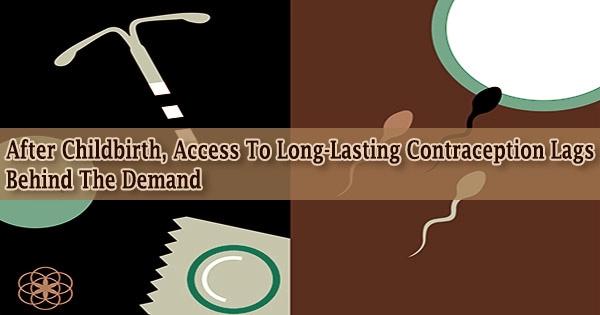More women are choosing to tick one item off their to-do list before leaving the hospital after giving birth: birth contraception.
However, according to a new University of Michigan study, access to long-lasting, reversible contraception such as an intrauterine device soon after childbirth may still trail significantly behind demand.
According to studies published in Obstetrics & Gynecology, the rate of IUDs or implants after childbirth jumped sevenfold over five years, from 1.86 per 10,000 deliveries in 2008 to 13.5 per 10,000 deliveries in 2013.
However, 96 percent of inpatient postpartum IUDs are inserted in urban teaching hospitals, implying that the service is not available to women who give birth in non-teaching or rural institutions.
Overall, patients who received reversible contraception while in the hospital for a delivery accounted for less than 2% of the sterilization rate (a permanent procedure to prevent pregnancy.)
“Getting an IUD right after childbirth may be more convenient and less painful than insertion at a later office visit. But we found that access to this service varies greatly depending on where a woman delivers her baby,” says lead author Michelle Moniz, M.D. M.Sc., an assistant professor of obstetrics and gynecology and researcher at the University of Michigan Medical School.
“Maternity practitioners and politicians should work to ensure that women have access to the entire range of contraception alternatives following childbirth and are able to make an informed, voluntary, and personal decision about whether or not to have another child.”
Getting an IUD right after childbirth may be more convenient and less painful than insertion at a later office visit. But we found that access to this service varies greatly depending on where a woman delivers her baby.
Michelle Moniz
Unintentional, subsequent pregnancies too soon after the birth of a first child can be risky for both moms and babies, with an increased risk of miscarriage, premature labor, and stillbirth.
“Enhancing access to in-hospital reversible contraception and insurance coverage for the service will help prevent such unintended pregnancies,” Moniz says.
Women who use extremely effective contraception, such as IUDs, implants, or tubal sterilization, are four times more likely than women who use a barrier or no technique to achieve sufficient birth spacing. However, few American women use these procedures by three months after giving birth, mainly due to a lack of access.
IUDs placed right after birth have a little higher likelihood of falling out than those placed four to eight weeks later, but the risk of serious complications like infection or damage is extremely low in both cases.
According to Moniz, immediate deployment is also cost-effective. Contraceptive implants are a particularly appealing alternative for placement during delivery hospitalization since they do not fall out.
IUD and implant insertions during a maternity hospitalization were more common among sicker, poorer women delivering at urban teaching hospitals, according to U-M researchers. Women with public or other insurance, such as Medicaid, Medicare, or self-pay, receive 85 percent of inpatient postpartum IUDs.
According to previous studies, many women who say they desire an IUD or implant after delivering a baby don’t make it to a follow-up office appointment to acquire their preferred form of birth control, owing to childcare, transportation, and other obstacles.
“We know that many women’s first choice for birth control is an IUD or implant, which are also the safest and most effective forms of reversible contraception,” Moniz says.
“We need to remove the barriers that prevent women from getting their preferred method of contraception in a way that’s most convenient for them. Expanding access to reversible contraception after childbirth will have a far-reaching impact.”





